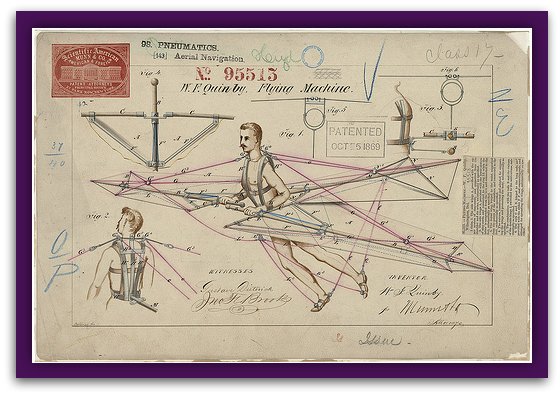
Every day inventors inform me they "haven't found anything enjoy it." And while that's a good start, chances are that they haven't been looking within the right places.
Before investing extra cash and resources, it's the proper time to find out definitively if the invention is different, see whether there is a industry for it, and explore steps to make it better.
Inventors must do a search online having a purpose of finding two or three competitive products. When they are scared to complete the hunt, that's a positive thing, because if you ask me, it usually means they're on the right course.
And yes, the aim should be to find other products on the market that are already attempting to solve exactly the same problem as their invention. That demonstrates that a remedy is in fact needed. Of course, if there exists a need by a big enough group of people, they stand a far better potential for turning the invention into a profitable venture.
So inventors should go with a patent agent or patent attorney with samples of two or three other similar products, and after signing a retainer agreement (which establishes the agent/client relationship) the discussion turns to the specifics of the merchandise including drawings, mockups, and/or prototypes.
At this time, the agent or attorney will do a far more thorough search of the U.S. Patent Office along with other applicable databases in the United States and/or internationally. They're determining if this type of Invent Help invention ideas should indeed be unique, or maybe there are even more, similar patented products.
Some inventors take into consideration doing the search from the Patent Office by themselves, but there are many downsides to this plan. Their emotional attachment towards the invention will cloud their judgment, and they'll steer away from finding other items that offer a similar experience. Although chances are they'll have already identified a few other competitors, searching the U.S. Patent Office can be a more intense process. From my knowledge about clients who've done their particular search, they've ignored similar products that have been patented simply because they can't face the matter that their idea isn't as unique since they once thought it was.
However, finding additional similar products does not mean that most is lost. The tactic changes to comparing the proposed invention using the patented one, and discussing ways to improve it making it patentable. A great patent agent or attorney will provide objective insight at this phase. The process is to accept the invention, ignore the parts which have been recently incorporated into another patent or patents, and also the remainder is a patentable invention.